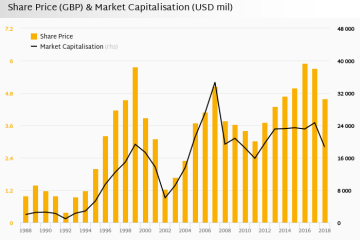Understanding Married at First Sight and Its Impact

Introduction to Married at First Sight
Married at First Sight (MAFS) has become a significant television phenomenon since its debut in 2014. The show pairs complete strangers, who meet for the first time at the altar, and explores the complexities of their relationships. Its unique premise challenges traditional notions of dating and commitment and has sparked widespread conversation about the nature of love and marriage in contemporary society.
The Format and Its Popularity
Each season of MAFS features diverse participants who embark on an unconventional journey to find love. With experts including psychologists and relationship specialists, the couples undergo rigorous matchmaking processes. Following the wedding, audiences witness the ups and downs of married life in a pressure-cooker environment, leading to captivating television. The show’s format encourages viewers to reflect on their own relationships and engage in discussions around marriage, making it not just entertainment but a social commentary.
Current Developments and Trends
As of 2023, Married at First Sight continues to thrive with seasons airing in multiple countries, including the UK, Australia, and the US. The show’s latest UK season aired just a few months ago and received considerable attention, with couples showcasing varied experiences that resonate with audiences. Viewers remain enthralled by the emotional roller coasters, unexpected connections, and sometimes tumultuous relationship outcomes, leading to significant social media engagement. Furthermore, spin-off series and specials have been launched, expanding the MAFS brand and attracting even more fans.
The Significance of the Show
Married at First Sight’s impact extends beyond the screen. It has prompted discussions on the foundations of modern relationships, including the role of compatibility, love at first sight, and the societal pressures associated with marriage. The show highlights the importance of openness to change and personal growth within relationships. In essence, MAFS serves as a mirror reflecting cultural attitudes towards marriage and commitment, showcasing both the challenges and rewards that come with them.
Conclusion
As Married at First Sight continues to evolve, it remains a cultural touchstone for discussions around love and relationships. With its intriguing format and engaging participants, the show is set to maintain its relevance, helping audiences navigate their perceptions of marriage. The lessons drawn from each season prompt viewers to reassess their views, ensuring that the conversation about love and marriage persists in society.








